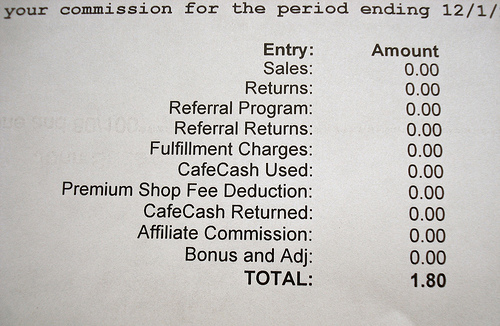The Shenanigans Handler
by in CodeSOD on 2009-09-30"I'm a senior developer in a department developing, among other things, an Adobe Flex web GUI for the configuration of our products," writes Lucy. "Having worked on systems in the past which could require production fixes at 2:00 AM if something went wrong, I am a true believer in robust software (which allows you to sleep through the night). Fortunately, my current employment doesn't require that lovely on-call dedication, but it does leave me as the odd man out when trying to argue designing and implementing robust code versus time-to-ship with my team mates and manager."
Lucy continues, "I was recently addressing a reported bug when I discovered some code that finally made me realize why my methodology for robust error-handling was not important. One of my fellow developers had found a much quicker and easier method of error-handling: the shenanigans handler. What better way to describe this methodology than a quick code snippet."


 Aug 09
Aug 09
 Craig Landrum grimaced, sucking air through his teeth, clenching his fists, and tightly shutting his eyes. It wasn’t so much the 300-pound robot that was stampeding full-speed towards him while rotating its menacing gripper arm, but more The Admiral, who was wide-eyed with fear and instinctually reaching for his sidearm. Cha-cha-cha-chunk. Craig peeked through his left eyelid to see that the robot had halted on its track, not less than two feet from them, and nearly tipped over before zipping away in the opposite direction. Needless to say, the demo didn’t go so well.
Craig Landrum grimaced, sucking air through his teeth, clenching his fists, and tightly shutting his eyes. It wasn’t so much the 300-pound robot that was stampeding full-speed towards him while rotating its menacing gripper arm, but more The Admiral, who was wide-eyed with fear and instinctually reaching for his sidearm. Cha-cha-cha-chunk. Craig peeked through his left eyelid to see that the robot had halted on its track, not less than two feet from them, and nearly tipped over before zipping away in the opposite direction. Needless to say, the demo didn’t go so well.

 The year was 1993, and that meant one thing: Old Iron was finally ready for
The year was 1993, and that meant one thing: Old Iron was finally ready for